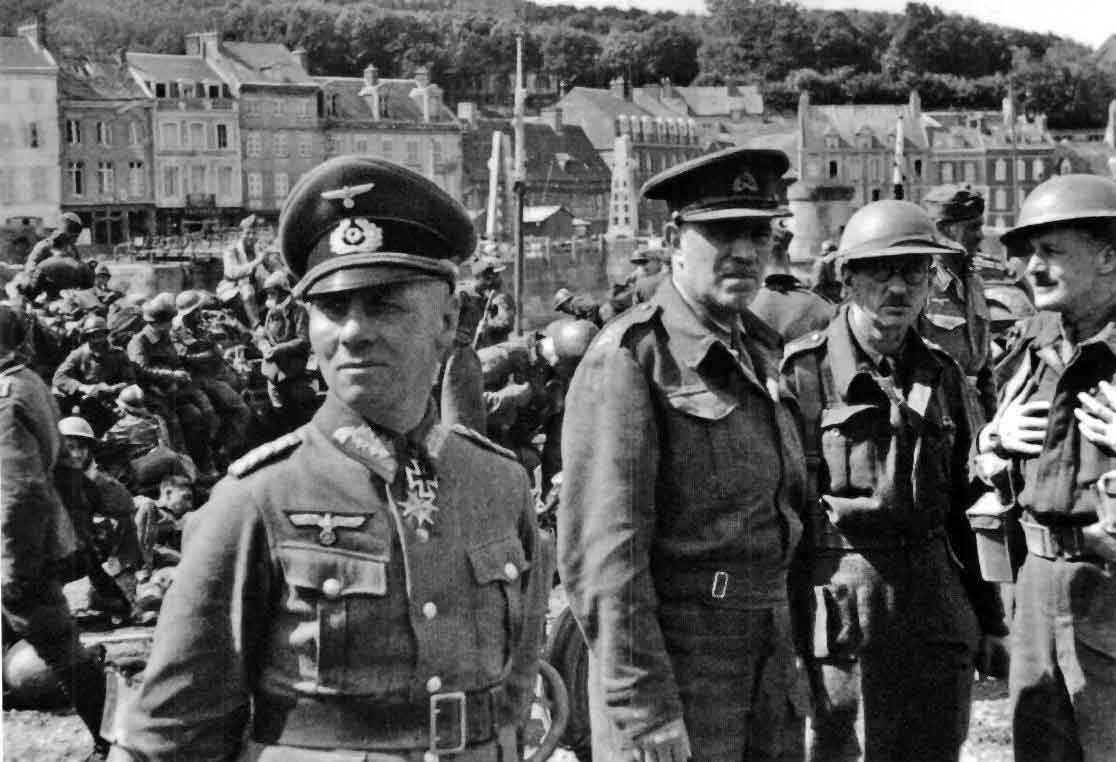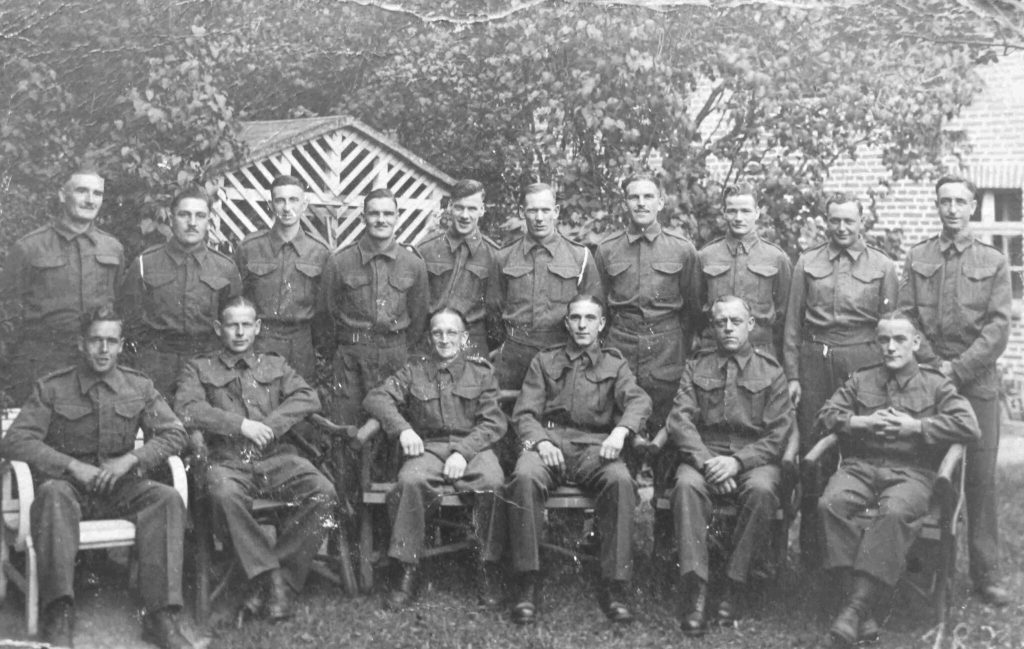As the famous Dunkirk evacuations played out, some 150 miles south-west Scottish soldiers were preparing to go on the offensive.
The 51st Highland Division had been ordered to continue the fight and support their French allies despite the advance of German tank divisions.
Among them were men of The 1st Battalion The Black Watch — including many men of Dundee and Perth — and the Seaforth and Gordon Highlanders.
As the French surrendered, more and more elements of the British Expeditionary Force sought retreat back to the UK.
While acclaimed director Christopher Nolan’s film ‘Dunkirk’ plays out in cinemas, Major Ronnie Proctor explained that escape was not an option for all.
Forced to fall back to the village of St Valery-en-Caux, the 51st Highland Division found itself trapped and with the navy unable to help them disembark.
On the verge of exhaustion and with supplies dwindling, they were at the mercy of the 7th Panzer Division, led by none other than General Erwin Rommel.
General Victor Fortune was forced to offer the surrender. The two officers were famously pictured together at St Valery.
The general, commander of the battalion and an officer of The Black Watch, spent the remainder of the war incarcerated but dedicated himself to helping to protect the prisoners of war under his care.
He received the Distinguished Service Order (DSO) for his efforts.
Those who were taken as POWs at St Valery in 1940 endured incredible hardship as the war raged on for five more years.
They were compelled to do hard labour in Poland, working on farms and in mines and quarries — but first they had to get there.
Many endured a long march across Europe, never knowing whether friends and colleagues would rise each morning from the ditches in which they had slept.
“Deprivation took a hefty toll on many of the men,” said Major Proctor.
“As a boy I knew one man that had marched all the way. There was not a tooth in his head. He had lost them all on the journey.”
For some, there were stops at concentration camps en-route. Many chose never to speak of the horrors they saw there.
Amidst the everyday heroism of the Scots soldiers, Major Proctor said there were some who stood out — not least General Thomas Rennie.
“He was a typical soldier; six foot and with a fine moustache,” said Major Proctor.
“He was among those captured at St Valery but he and an officer of the Seaforth Highlanders slipped away from the town.
“They made out to be ‘onion johnnies’ and made their way through Vichy France, into Spain and then Morocco and finally on to Gibraltar.
“They were incarcerated more than once but kept escaping and finally made their way back to the UK.”
General Rennie was subsequently made commander of the Fifth Battalion with whom he fought at El Alamein and commanded two assault divisions during the Normany landings.
He eventually came to command the 51st Highland Division but died in the midst of Operation Plunder as he led the crossing of the Rhine into German.
He was killed by a shell in his hour of triumph and subsequently hailed as an outstanding commander and inspiring leader of uncommon accomplishments by his peers.
Other elements of The Black Watch were successfully evacuated back to the UK, with the 4th Battalion returning from Cherbourg.
The 6th Battalion was among the units to leave from Dunkirk, having arrived late in the rescue operation.
They found a scene of desolation, the sky filled with plumes of black smoke from fires and ruptured oil tanks, homes and buildings destroyed and the shallow sea littered with wrecks.

